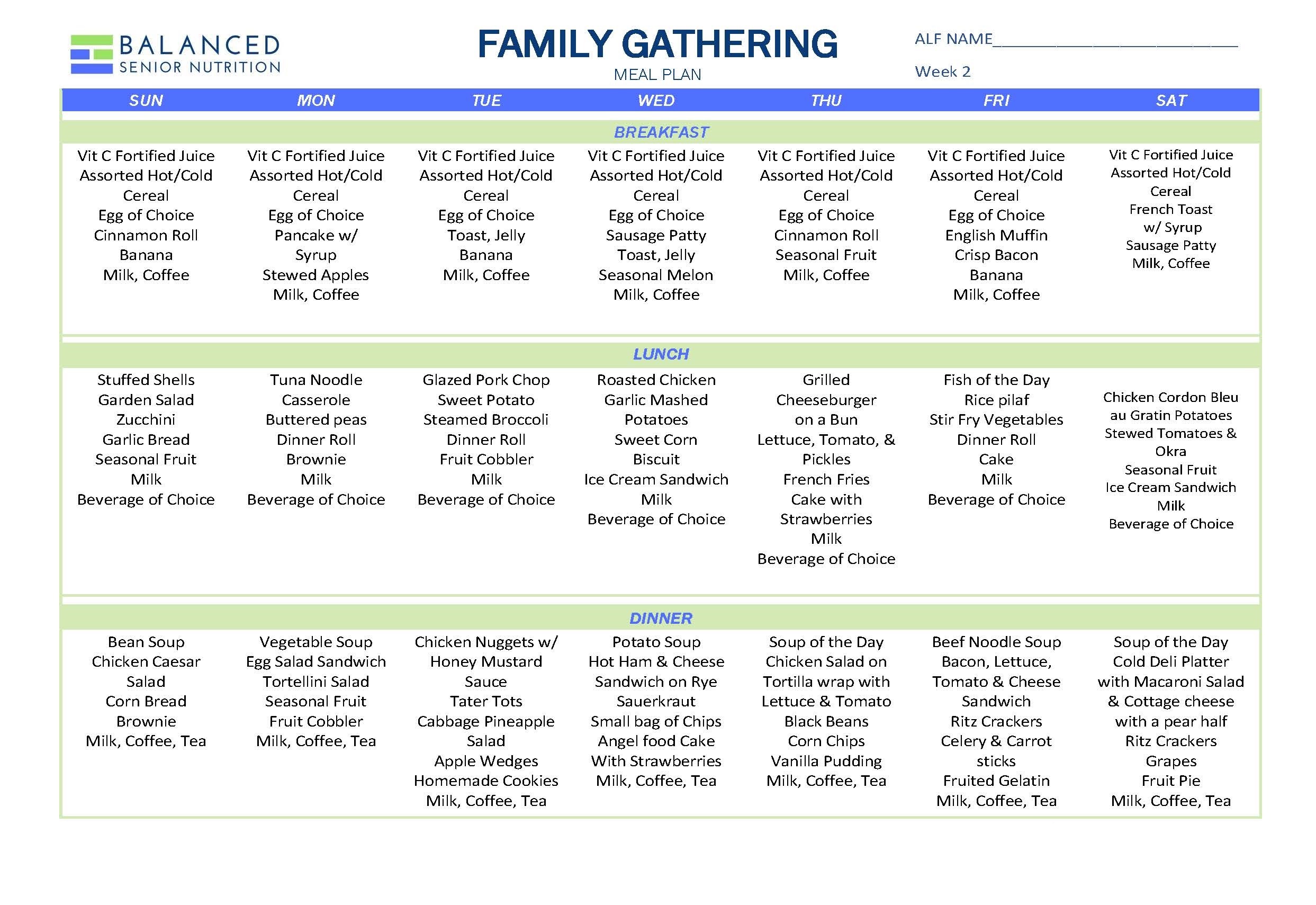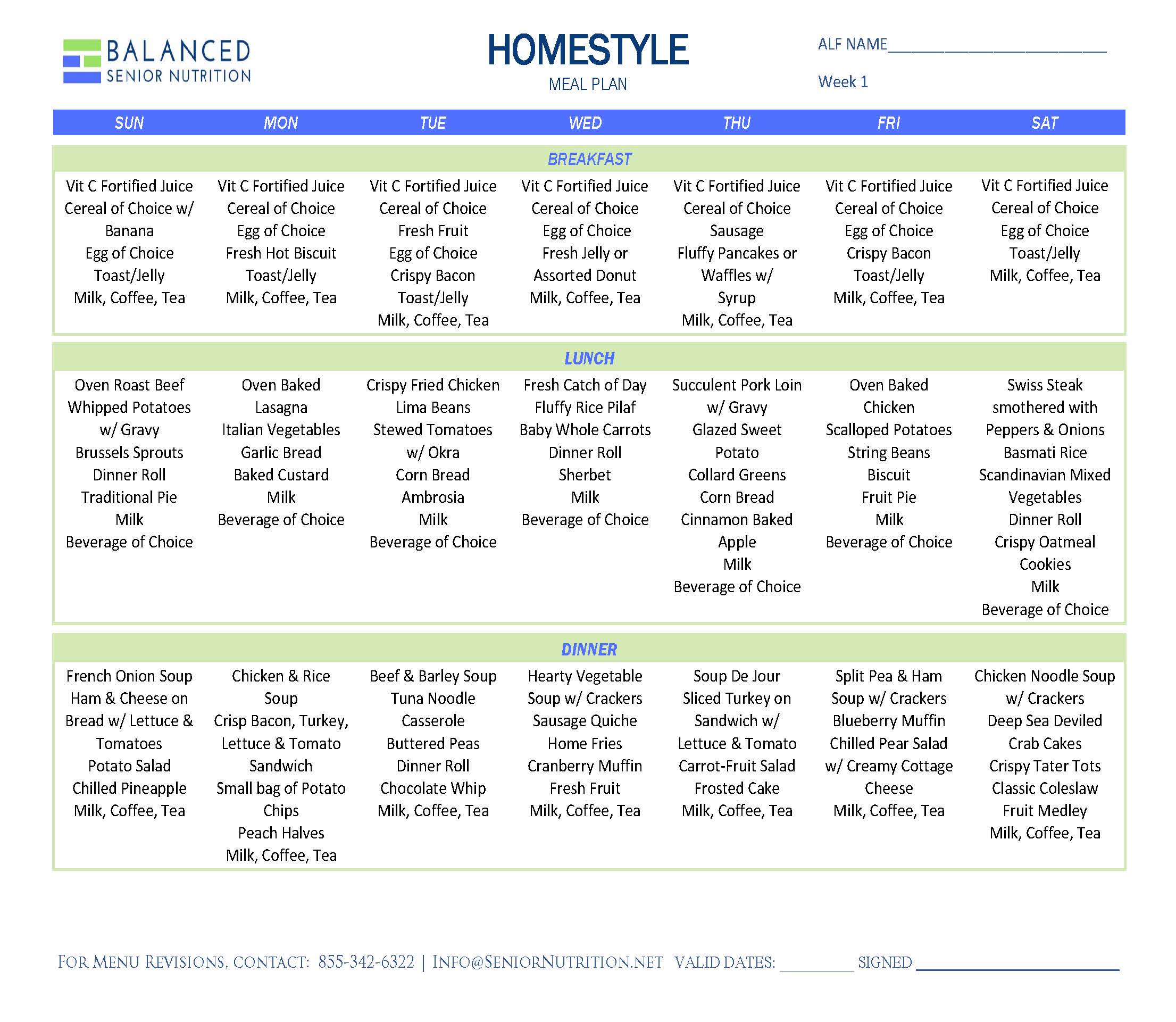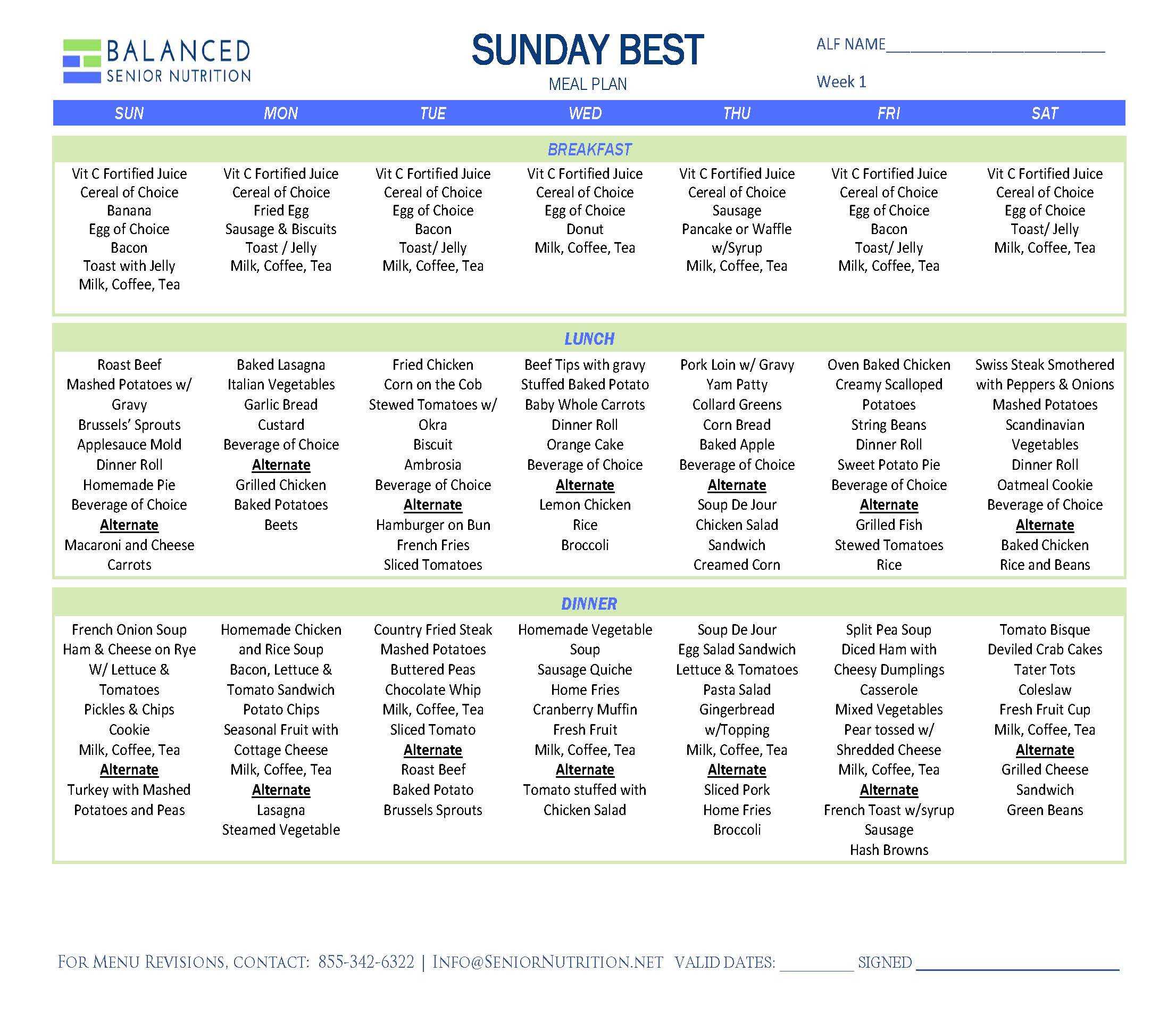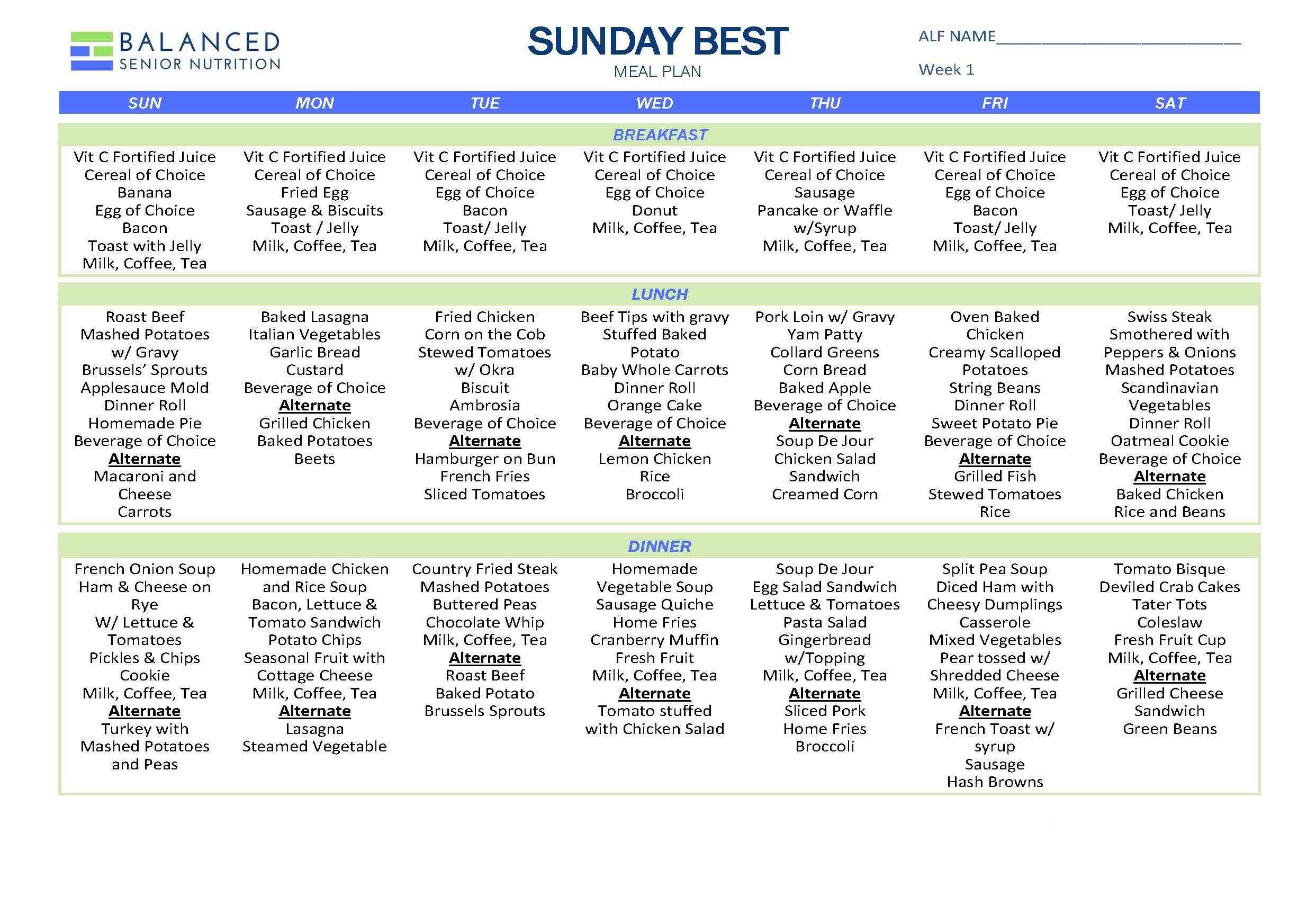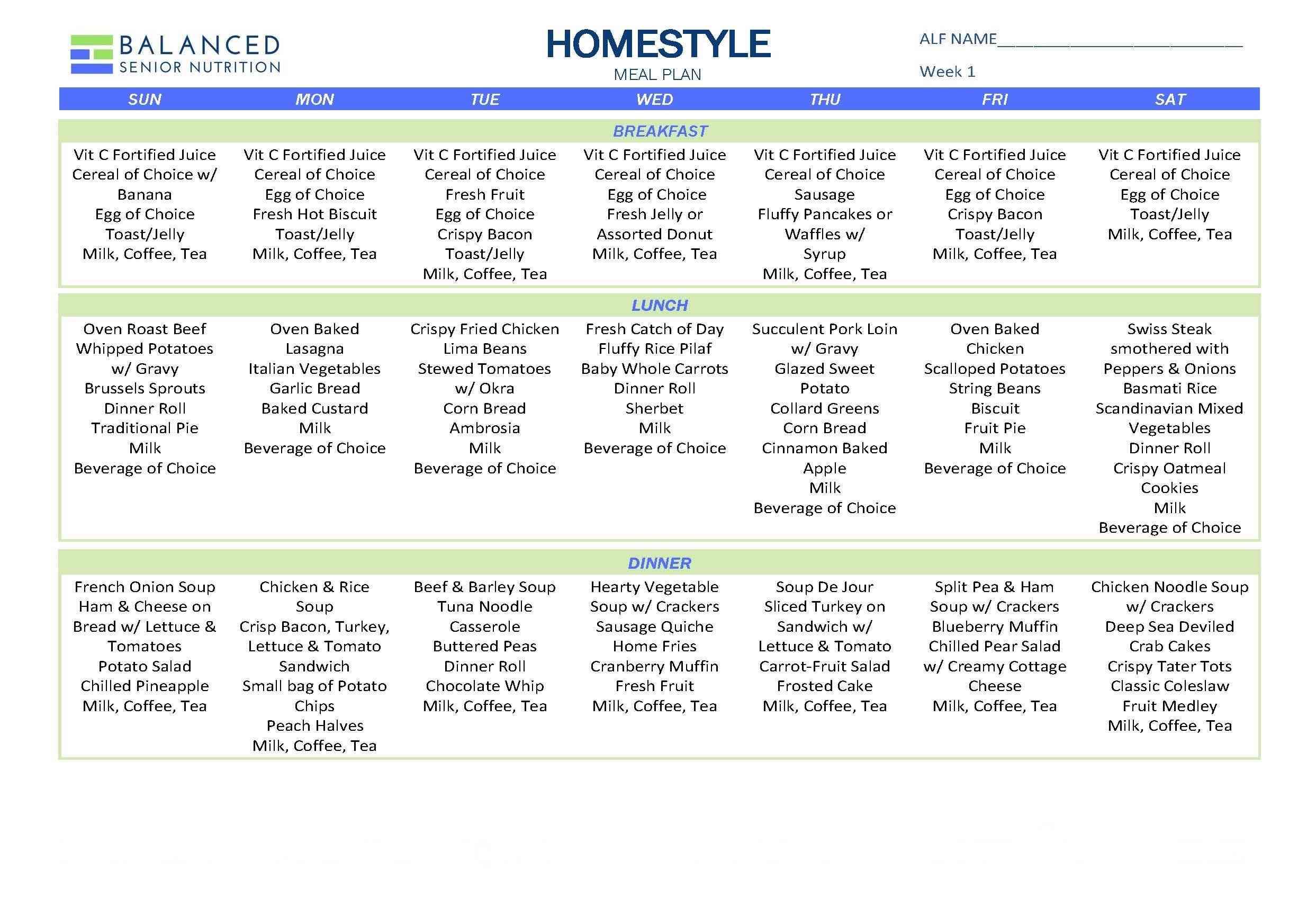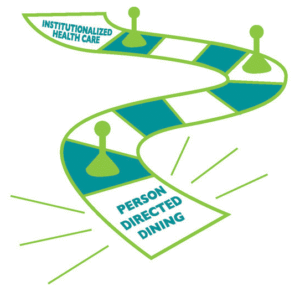
Six weeks ago, Shady Acres long-term care resident Ms. G. had a minor stroke. It robbed her of her appetite, made it difficult for her to swallow, and caused pocketing issues when she ate. Because of the problem with food getting stuck in her cheeks, Ms. G.’s attending physician prescribed a mechanically-altered diet of puréed food. For her swallowing issues, he also restricted the diet to nectar-thick liquids. Ms. G. didn’t have a problem with the thickened liquids. She thought they tasted pretty good, but she did miss having a simple glass of water and wondered why she couldn’t have one. The pureed vegetables tasted okay to her as well, but their blended state made for a boring blob on her plate; and for someone who used to grow and eat her own fresh veggies, the puréed versions just didn’t do it for her. Many times she couldn’t bring herself to eat them, so she started to lose weight. Weight loss in the elderly is a big problem. In assisted
living facilities, 50% of elderly residents on therapeutic diets suffer from malnutrition.
Person-Directed Dining: It’s a Resident’s Right.
Luckily for Ms. G, the residents’ council at Shady Acres had just approved a program of resident-directed dining implementing new dining standards that enhance dining services in long-term care. Now, these new person-directed dining standards did not mean that residents like Ms. G. could go around eating whatever they wanted. It meant that Ms. G. sat down with medical staff and worked out a dining care plan based on her as an individual, taking into consideration her history, her medical issues, and her preferences. Caregivers must remember that the people they are helping like Ms. G. have lived long lives before they ever met her. She made her own decisions about what she ate and how much, and when she ate and where. And just because she entered a nursing home didn’t mean that she lost her capacity to make those decisions. The whole idea of person-directed dining is based on the fact that elderly residents have the right to make informed choices about the medical treatments they chose to accept and those treatments they chose to refuse.
CMS government regulations support this shift away from a traditional plan of care to a more individualized approach to care.
“A resident or resident’s representative has the right to make informed choices about accepting or declining care and treatment. The facility can help the resident exercise those rights effectively by discussing with the resident (or the resident’s representative) the resident’s condition, treatment options (including related risks and benefits, and expected outcomes), personal preferences, and any potential consequences of accepting or refusing treatment. If the resident declines specific interventions, the facility must address the resident’s concerns and offer relevant alternatives.” – CMS F325 483.25(i)
Making an Informed Choice with a Person-Directed Dining Care Plan
Knowing the law was on her side and concerned about losing more weight, Ms. G. told her nurse’s aide that she wanted to find out what other options might be available to her. She really wasn’t happy with her diet. What happened next delighted her. A meeting was arranged for her so she could communicate what her preferences were with the medical professionals and doctors that were caring for her. In return, the professional team would educate Ms. G. about her medical condition and the potential treatments that were available. They took the time to tell Ms. G the benefits and
risks of the plan she would design. Ms. G. was on her way to dining delight. In the next installment, we will see how Ms. G. was able to develop her own meal plan, even though some of her choices were a bit risky. The professional care plan team provided as many interventions as possible to accommodate her preferences while trying to reduce possible risks that might occur with a more liberal diet.




